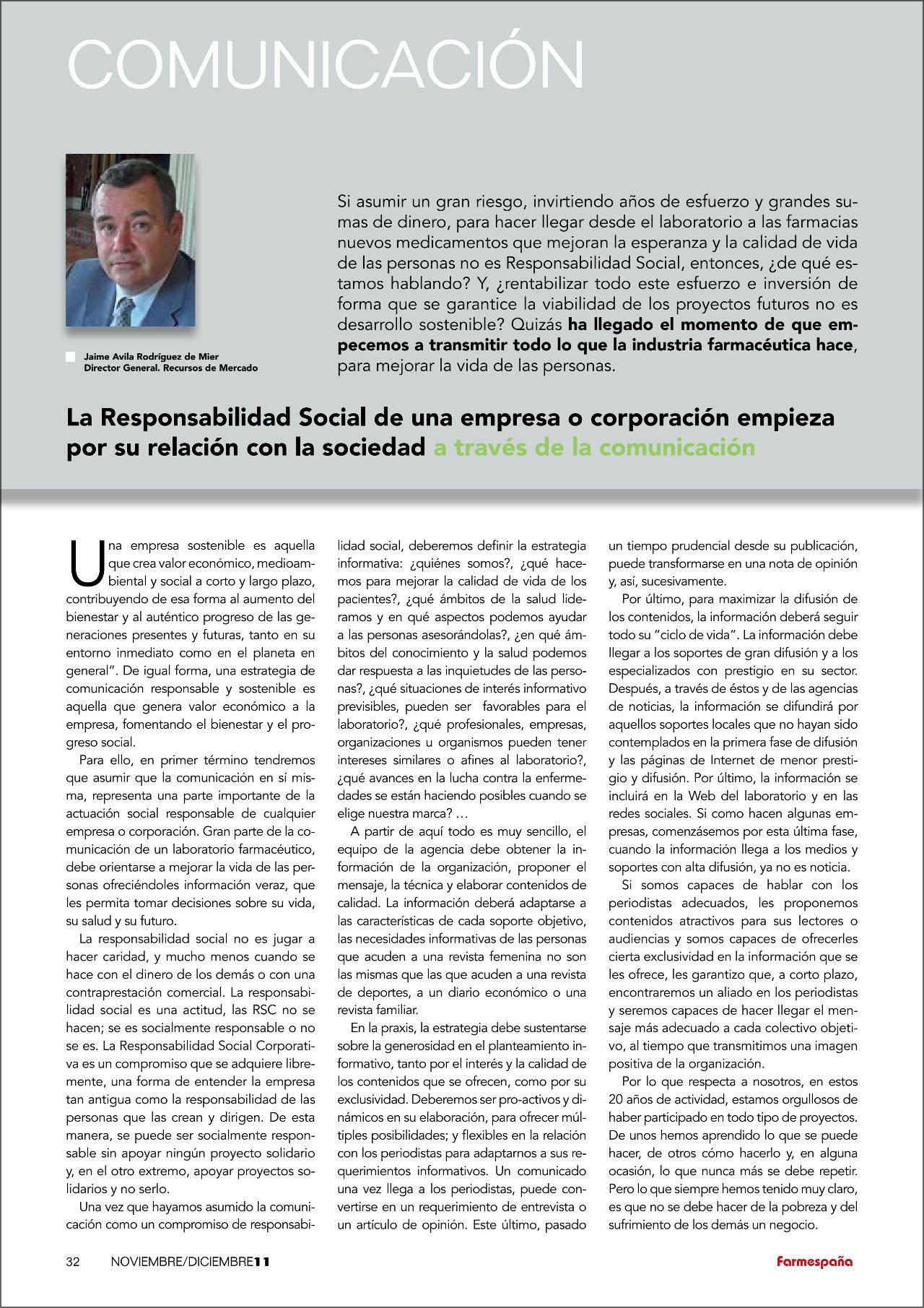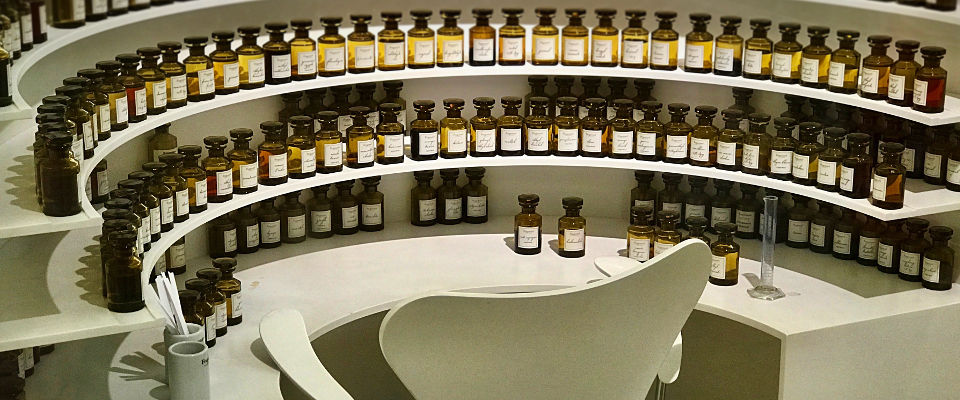If taking on a great risk, investing years of effort and large sums of money, to get new drugs from the laboratory to pharmacies that improve people’s life expectancy and quality of life is not Social Responsibility, then what are we talking about? And isn’t making all this effort and investment profitable in a way that guarantees the viability of future projects sustainable development? Perhaps the time has come for us to start communicating all that the pharmaceutical industry does to improve people’s lives.
 A sustainable company is one that creates economic, environmental and social value in the short and long term, thereby contributing to the increased well-being and genuine progress of present and future generations, both in its immediate environment and on the planet as a whole. Similarly, a responsible and sustainable communication strategy is one that generates economic value for the company, promoting well-being and social progress.
A sustainable company is one that creates economic, environmental and social value in the short and long term, thereby contributing to the increased well-being and genuine progress of present and future generations, both in its immediate environment and on the planet as a whole. Similarly, a responsible and sustainable communication strategy is one that generates economic value for the company, promoting well-being and social progress.
To do this, we must first assume that communication in itself represents an important part of the socially responsible action of any company or corporation. A large part of a pharmaceutical laboratory’s communication must be oriented towards improving people’s lives by offering them truthful information that allows them to make decisions about their lives, their health and their future.
Social responsibility is not a game of charity, especially not when it is done with other people’s money or for commercial consideration. Social responsibility is an attitude, CSR is not made; you are either socially responsible or you are not. Corporate Social Responsibility is a commitment that is acquired freely, a way of understanding the company as old as the responsibility of the people who create and manage them. Thus, it is possible to be socially responsible without supporting any solidarity project and, at the other extreme, to support solidarity projects and not be socially responsible.
Once we have assumed communication as a commitment to social responsibility, we must define the information strategy: who are we, what do we do to improve the quality of life of patients, what areas of health do we lead and in what aspects can we help people by advising them, in what areas of knowledge and health can we respond to people’s concerns, what foreseeable situations of information interest may be favourable for the laboratory, what professionals, companies, organisations or bodies may have similar or related interests to the laboratory, what advances in the fight against diseases are being made possible when our brand is chosen?
From here everything is very simple, the agency team must obtain the information from the organisation, propose the message, the technique and elaborate quality content. The information must be adapted to the characteristics of each target medium; the information needs of people who read a women’s magazine are not the same as those who read a sports magazine, a financial newspaper or a family magazine.
In practice, the strategy must be based on generosity in the informative approach, both in terms of the interest and quality of the content offered, as well as its exclusivity. We must be pro-active and dynamic in its preparation, in order to offer multiple possibilities; and flexible in our relationship with journalists in order to adapt to their news requirements. Once a press release reaches journalists, it can become a request for an interview or an opinion article. The latter, after a reasonable period of time after its publication, can be transformed into an opinion piece, and so on.
Finally, to maximise the dissemination of content, information must follow its entire “life cycle”. The information must reach the mass media and specialised media with prestige in their sector. Then, through these and news agencies, the information will be disseminated through local media that have not been covered in the first dissemination phase and Internet sites of lesser prestige and dissemination. Finally, the information will be included on the laboratory’s website and social networks. If, as some companies do, we start with this last phase, when the information reaches the media and media with high circulation, it is no longer news.
If we are able to talk to the right journalists, propose attractive content for their readers or audiences and are able to offer them a certain exclusivity in the information they are offered, I guarantee that, in the short term, we will find an ally in journalists and will be able to get the most appropriate message to each target group, while conveying a positive image of the organisation.
As far as we are concerned, in these 20 years of activity, we are proud to have been involved in all kinds of projects. From some we have learned what can be done, from others how to do it and, on occasion, what should never be repeated. But what we have always been very clear about is that poverty and the suffering of others should not be turned into a business.
Jaime Ávila Rodríguez de Mier
General Director of Recursos de Mercado
Published on november/december 2011 in:




